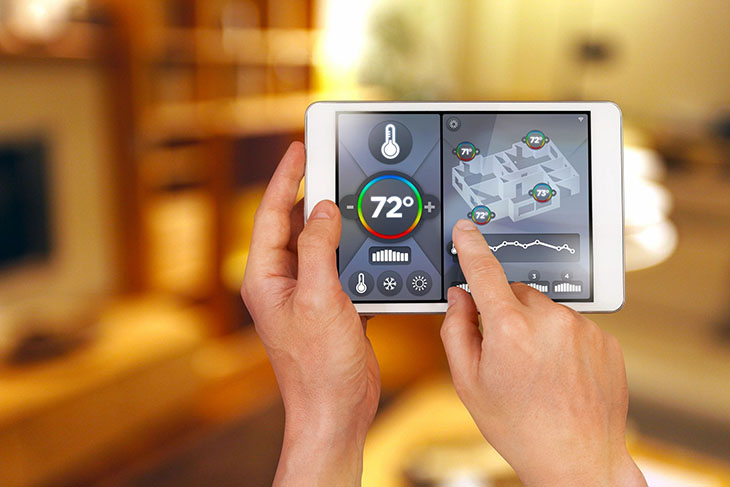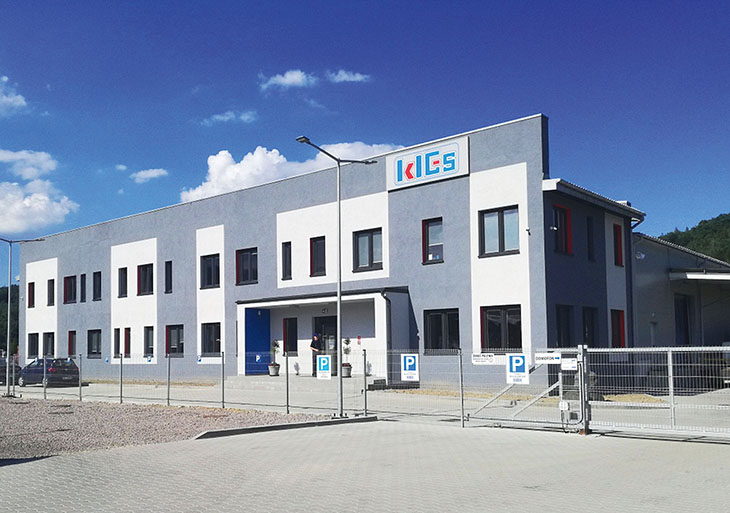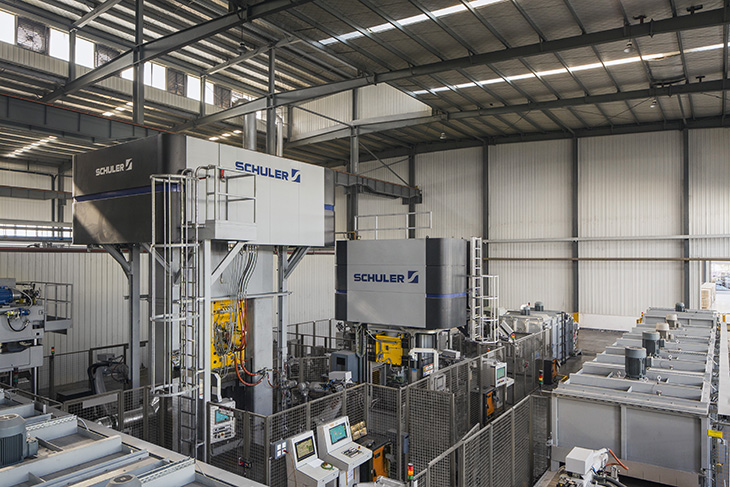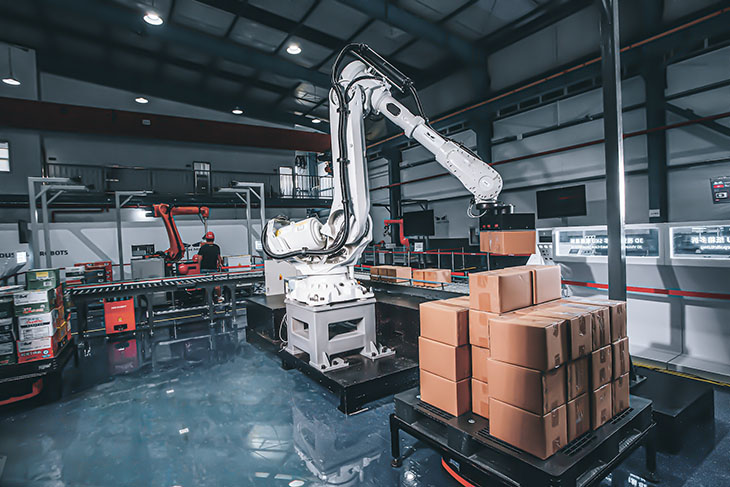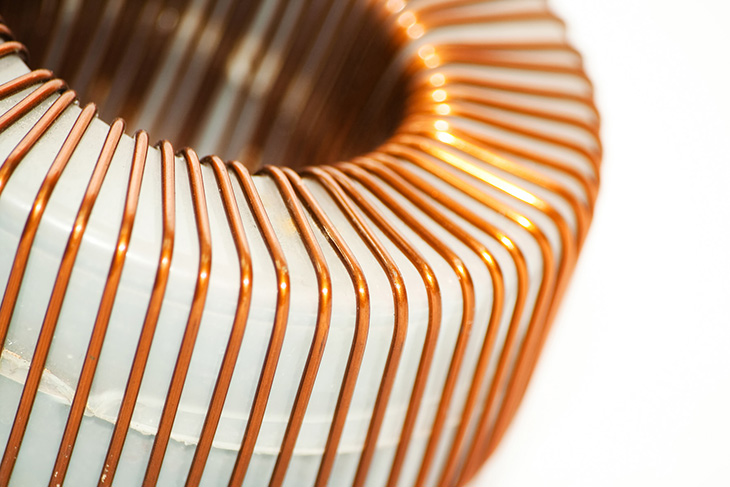Bio: Emily Newton is the Editor-in-Chief of Revolutionized, an online magazine discussing the latest industry innovations and trends.
Smart technology has enabled fully automated HVAC systems. They can dynamically adjust environmental conditions inside a building by using information from internet-connected sensors.
Tweaking the HVAC system throughout the day can help building owners improve comfort and save energy. More advanced automation can even connect the heating and cooling directly to entire-building automation systems, allowing data exchange among many sensors and smart devices.
This is how automated HVAC systems work — and the equipment companies will need to automate them.
Essential Equipment for Automated HVAC Systems
A technician will typically automate an HVAC system using technology like intelligent thermostats, smart vents, and temperature and humidity sensors. These are generally Internet of Things (IoT) devices — technology that connects to the internet to send and receive data.
Information from networked chemical sensors — like carbon monoxide, total volatile organic compound (VOC) and radon sensors — may also be used in smart HVAC systems.
Choice of equipment will depend on how complex designers need the system to be.
The simplest automated HVAC systems may require just an intelligent thermostat to replace the building’s existing model. These are smart devices that can be remotely controlled and generate detailed system reports stored in the cloud.
These reports will include information on HVAC system performance, such as energy consumption and alerts on potential issues, like a heater or AC unit behaving unusually. Providing this additional mechanical visibility is a common use-case for IoT devices and can help building owners catch failures before they become serious problems.
In less complex systems, a smart thermostat may serve as the “brain” of the HVAC system, coordinating information from other smart devices and providing data to end-users via apps and dashboards.
Like programmable thermostats, they can be configured to automatically adjust building temperature based on a set schedule. The temperature can fluctuate as needed throughout the day based on building occupancy. This can help a building owner maximize comfort while reducing HVAC energy consumption.
The smart thermostats can also respond automatically to information from building sensors — like motion detectors.
More complex systems may incorporate additional smart devices, like sensors that track humidity and air quality. They also generate reports, allowing building owners to track the effectiveness of dehumidifiers or air purification systems like high-performance filters and UV light sanitation technology.
Building owners that want to adjust humidity or air quality levels can set new targets for the HVAC system. It can automatically adjust humidity to desired levels or notify when air quality is no longer within a preferred range.
They can also automatically alert building owners to potential dangers, like high levels of hazardous chemicals. This can help owners of warehouses, manufacturing plants and other industrial facilities connect their HVAC system with safety procedures.
Advanced Equipment for Smart HVAC Systems
In some cases, HVAC networks may also take advantage of smart hardware beyond intelligent thermostats. For example, some automated HVAC systems incorporate smart vents. These are remote-controlled and networked so the system can dynamically open and close to change the temperature in individual rooms or zones.
This allows the system to emulate the functionality of an HVAC zoning network. Building owners can adjust the temperature in different rooms or zones without investing in the additional ductwork that’s sometimes necessary. These vents also provide the building owner with greater control over airflow. If they need to individually shut or open a specific vent, they can do so remotely.
Combined with HVAC equipment like variable-speed blowers, these vents can help a building owner improve comfort while reducing the cost of heating and cooling.
Some automated HVAC systems will also incorporate smart humidifiers and air purifiers. These IoT devices can communicate with the HVAC system and automatically adjust their performance based on information from networked sensors.
In practice, this means they can work harder when they need to or turn off automatically when humidity or air quality levels are acceptable. Like the rest of the HVAC system, this can improve building comfort without increasing energy consumption.
Connecting the HVAC to Other Systems
In addition to adjusting temperature, automated HVAC systems can also control several devices throughout the building.
For example, the Al Bahar Towers in Abu Dhabi use remote-controlled louvers to adjust heating and cooling. The building’s automation system can automatically close them when they are in direct sunlight, reducing the interior’s solar gain by up to 50%. As a result, the building’s HVAC system doesn’t have to work as hard to keep the towers cool, providing a reduction in CO2 emissions of 1,750 tons per year.
Networked building systems — like smart sensors on windows and doors — can improve climate control in many structures. They can automatically shut windows or alert building staff when a door has been left open.
Further integration with other automated systems can make the HVAC even more effective. Smart networks are often integrated with a building automation system (BAS) to help commercial and residential building owners maximize comfort and HVAC energy efficiency.
These systems coordinate automated systems throughout the building and will provide owners with an easy way to manage HVAC at the same time as lighting, security and detection systems.
These systems can also take advantage of the information other networks collect. For example, an HVAC system could be programmed to automatically stop cooling a room when unoccupied.
Designing a New Automated HVAC System
Automating an HVAC system provides the building owner with a great deal of control over their structure’s temperature. This can help them save money and resources.
Smart HVAC systems also make it much easier to integrate the control of air conditioning and heating with other building systems. In practice, this can make coordinating building automation much easier.









